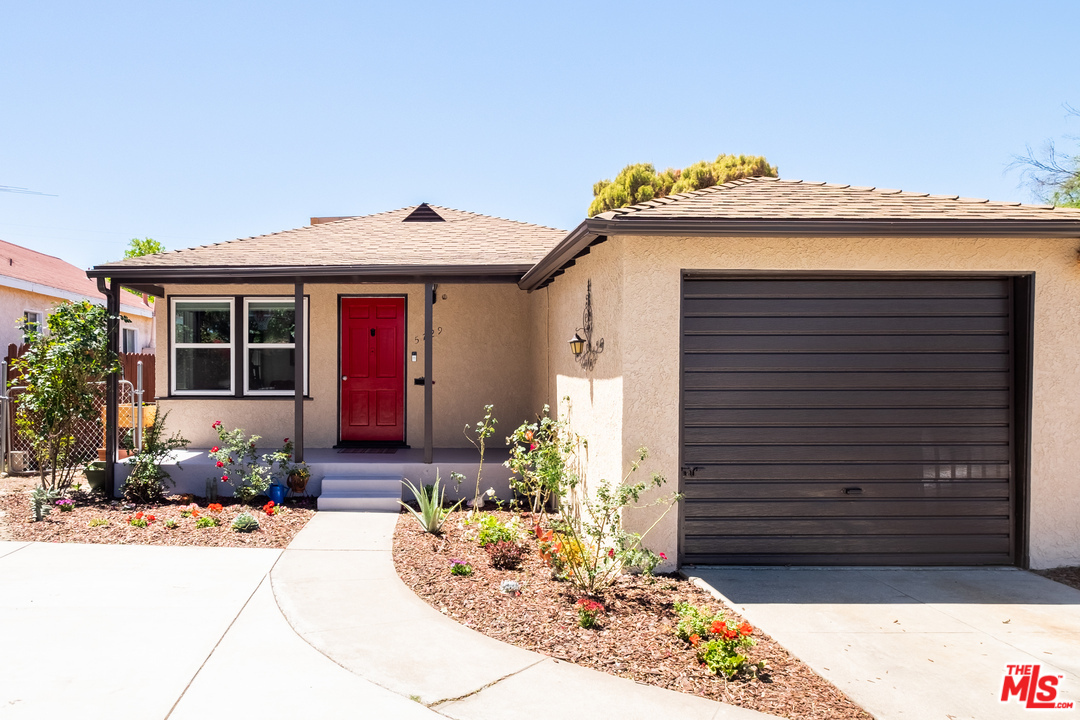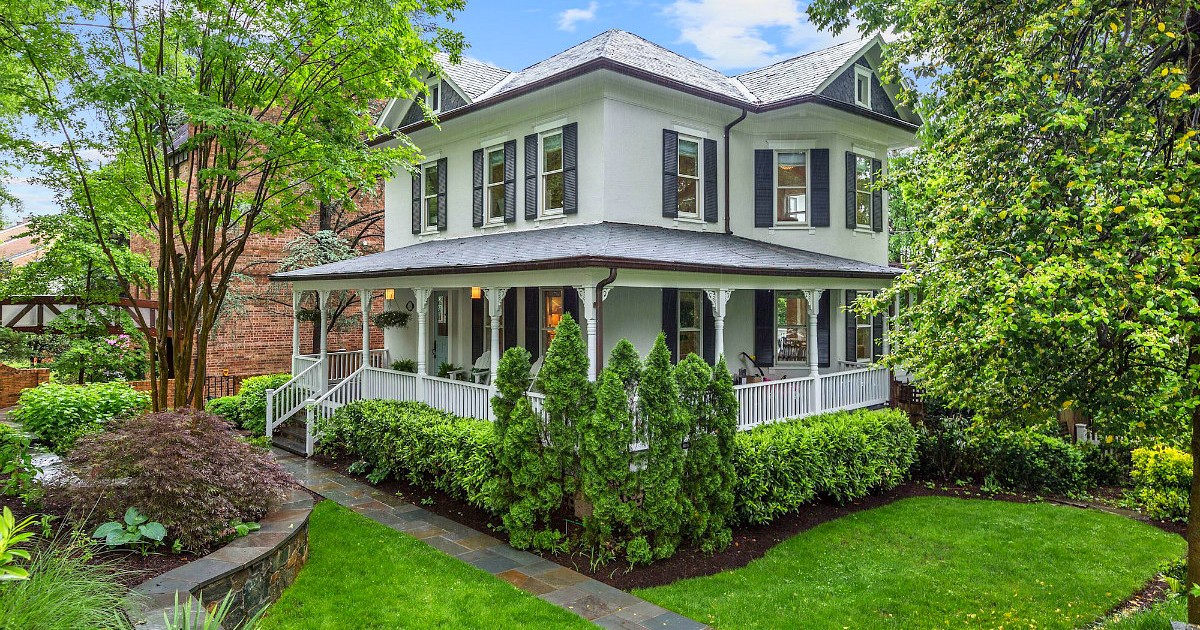Table of Content
The Broker/Agent providing the information contained herein may or may not have been the Listing and/or Selling Agent. Financing costs are negatively impacting home prices, which I anticipate will continue through the balance of the year and into 2023.

Although this sounds like a remarkable number, the pandemic slowed sales significantly a year ago. It was pleasing to see sales were also 52.7% higher than in the first quarter of the year. ❱ The most affordable county relative to average sale prices was Shasta.
Gardner Report Archive
❱ In the final quarter of 2021, 14,218 homes sold—a drop of 10.6% compared to a year ago and 14.2% lower than in the third quarter. Seasonality is at least partially responsible for the quarter-over-quarter drop, but it’s also because inventory constraints are limiting sales. Even with sales pulling back, the average home price in the region rose an impressive 17.2% year over year to $1.215 million. Although mortgage rates did drop in June, the quarterly trend was still moving higher. Inflation—the bane of bonds and, therefore, mortgage rates—has yet to slow, which is putting upward pressure on financing costs. Even with rising inventory levels and higher financing costs, the market appears to still be buoyant.
The average home price in the region rose 10.6% from this time last year to $1.35 million. Certainly, the vaccinations will free up many older California residents perhaps to sell their homes at record prices. However, homeowners may be very cautious about relinquishing their valuable property when moving is difficult and costly, and homes are very hard to find. Looking for the best cities to buy a rental property and need to learn more about property management services? Get more insight and tips on the rental market on the ManageCasa Blog. California is being blamed for fast rising housing prices in other states such as Utah and Idaho.
Rental Market Tracker: Asking Rents Post Smallest Annual Increase in 15 Months in November
Despite market conditions, sellers are increasingly demanding a higher price, while closing prices fall. The median home price outlook is for a decline of 8.8% to $758,600 next year following a projected 5.7% growth this year to $831,460. CAR’s Realtor sentiment for period ending Nov 12th, reveals Reatlors show less listings and showings down, and those entering escrow well down. Their expectation of sales and listings down, and listings well down. The latest migration analysis is based on a sample of about two million Redfin.com users who searched for homes across more than 100 metro areas. To be included in this dataset, a Redfin.com user must have viewed at least 10 homes in a three month period.

It, therefore, represents the whole housing stock and not just the homes that list or sell in a given month. By this calculation, the current typical home value of homes in California is $769,405. It indicates that 50 percent of all housing stock in the area is worth more than $769,405 and 50 percent is worth less .
Northern California Real Estate Market Trends
❱ The average time it took to sell a home dropped five days compared to the final quarter of 2020. ❱ Average prices in all counties rose double digits compared to a year ago, but fell in all counties other than Alameda, Santa Clara, and San Luis Obispo compared to the third quarter of the year. Average rates for a 30-year conforming mortgage were 3.11% at the end of 2021, but since then have jumped over 1.5%—the largest increase since 1987. The speed of the surge in rates is due to the market having quickly priced in the seven-to-eight rate increase that the Fed is expected to implement this year. The most affordable county relative to average prices continued to be Shasta.

San Diego, Los Angeles and San Francisco counties are seeing price declines now after price growth had only slowed during the last 8 months. The direction and pace at which home prices are changing are indicators of the strength of the housing market and whether homes are becoming more or less affordable. The median price of a home in the United States is currently $738,900. The significant increase in mortgage rates has started to impact home prices. The average home sale price dropped .5% from a year ago and 12.6% from the second quarter of 2022. Northern California has recovered 258,000 of the jobs that were lost due to COVID-19, but there is still a ways to go.
About 27% (-9% from last month) believe that economic conditions will improve in the state over the next 12 months while 73% still have a gloomy outlook. Multifamily and home improvement spending grew 0.3% and 2.9% respectively, while single-family spending dropped 2.6%. Single-family spending has fallen for four straight months as rising borrowing costs impact building.
❱ The amount of time it took to sell a home dropped in every county compared to a year ago. Market time was also lower across the board compared to the first quarter of this year. ❱ The average home price in the Northern Californian counties contained in this report rose 29.4% year over year to $1.257 million.
Sales and especially prices for condos in NAPA have rocketed (condo prices, see below, shot up almost 30% and sales rose 33% over February number). Condo prices in Shasta were up 81% over February and in Monterrey, were up 48%. CAR stats show lower income Californians were hurt by the pandemic and aren’t participating in the recovery as yet.

The California median home price is forecast to rise 5.2 percent to $834,400 in 2022, following a projected 20.3 percent increase to $793,100 in 2021 from $659,400 in 2020. Existing, single-family home sales are forecast to total 416,800 units in 2022, a decline of 5.2 percent from 2021’s projected pace of 439,800. Matthew has over 30 years of professional experience both in the U.S. and U.K. I think there are more buyers than most people might expect who are waiting for prices to correct and, more importantly, for mortgage rates to stabilize. While the market is firmly in a period of transition, it still is not a traditional buyer’s market.
Santa Barbara (33.2 percent) had the biggest price increase of all counties. In San Francisco Bay Area, the median home price dropped by 2.0%. All but one California county recorded a year-over-year sales decline in October. The Central Coast (-38.8 percent), the San Francisco Bay Area (-37.3 percent), and the Central Valley (-36.4 percent) also posted sales declines of more than 35 percent from last year. In the third quarter of this year, 11,454 homes sold, which is down 32.5% from a year ago and down 19.5% from the second quarter.
As a result, housing demand and prices will fall throughout 2023. Consumers who thought it was a “Good time to buy” dropped to 14% in September. There is some evidence that inventory is gradually starting to thaw, but real estate faces many variables in the months ahead. The 2022 California housing market forecast has been revised to 380,630 units sold and a statewide median price of $863,390. The percentage of people who believe prices will rise continues in the low single digits, as it has for the last five months.
There was a 98.7% sale-to-list price, down 4.0 points year over year. The number of newly listed homes was 19,290 and down 30.8% year over year. The first-quarter 2022 figure is less than half of the affordability index peak of 56 percent in the first quarter of 2012. Existing, single-family home sales are forecast to total 333,450 units in 2023, a decline of 7.2 percent from 2022’s projected pace of 359,220. In September 2022, the overall housing sentiment index was 55 (down 10% from last month). It showed that consumers acknowledged the current market challenges and felt increasingly pessimistic about homebuying opportunities.

No comments:
Post a Comment